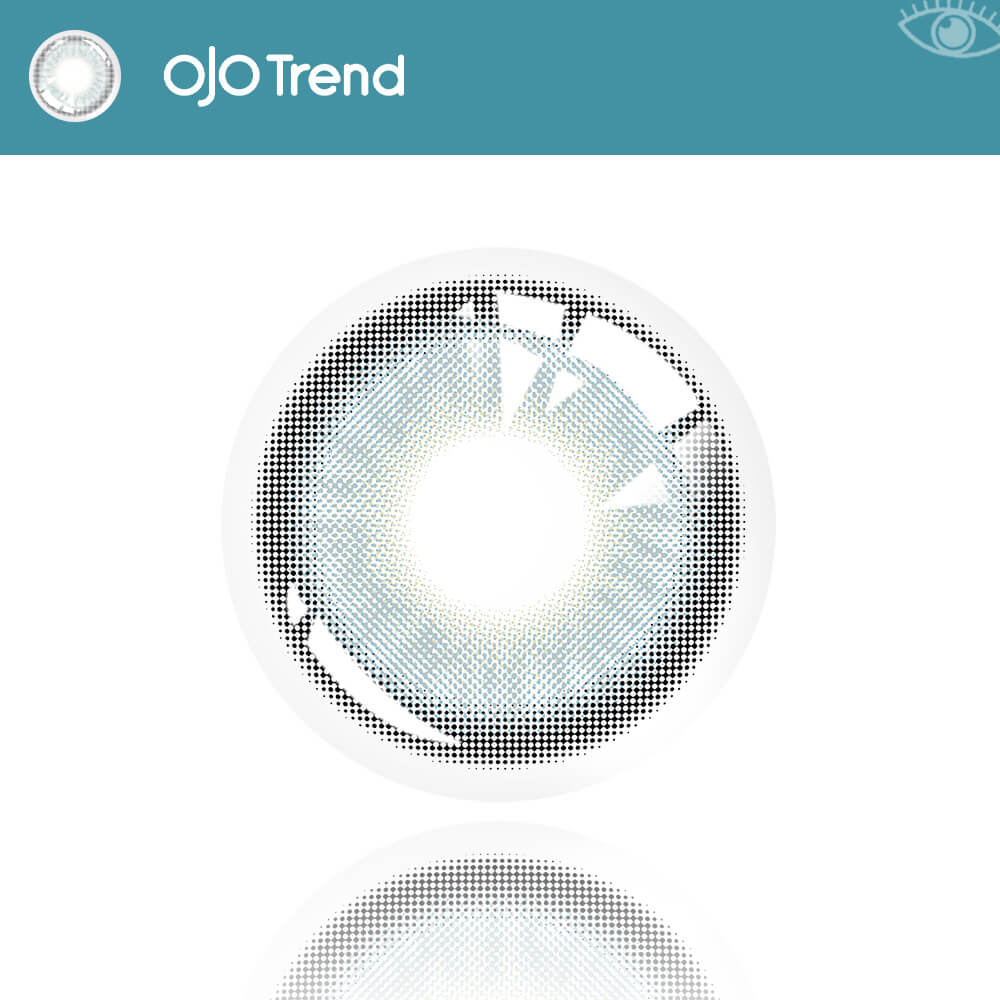-
 Find in Members
Find in Members Find in Videos
Find in Videos Find in Channels
Find in Channels
This website uses cookies to ensure you get the best experience on our website.
To learn more about our privacy policy Click herePrivacy Preference
- Tags - #BLOG
-
- Last updated May 29, 2024 0 comments, 76 views, 0 likes
More in Politics
Related Blogs
Archives
Are Contact Lenses and Glasses the Same Prescription in the Optometry Industry?
Body
When it comes to vision correction, many people often wonder if the prescription for contact lenses is the same as that for glasses. In the optometry industry, understanding the differences between these two types of prescriptions is crucial for providing patients with the best possible vision care.

Prescription Variations
While contact lenses and glasses serve the same purpose of correcting vision, the way the prescription is determined can vary. Contact lenses sit directly on the eye, so the prescription needs to factor in the curvature of the cornea. On the other hand, glasses are positioned around 12 millimeters away from the eye, which can affect the prescription.
Calculating Diopters
Optometrists use diopters to measure the refractive power of lenses. When prescribing contact lenses, they consider the vertex distance, which is the distance between the back of the lens and the cornea. This distance is crucial in determining the correct prescription for contact lenses. In contrast, glasses prescriptions do not take vertex distance into account since they are not in direct contact with the eye.
Special Considerations
Patients with astigmatism may require different prescriptions for contact lenses and glasses. Astigmatism occurs when the cornea is irregularly shaped, causing blurred vision. Contact lenses for astigmatism, known as toric lenses, have additional parameters to correct this condition. Therefore, the prescription for toric contact lenses may differ from that of glasses for the same individual.
It is essential for optometrists to carefully assess each patient's needs and lifestyle when determining the most suitable type of vision correction. Factors such as eye health, comfort, and visual acuity play a significant role in prescribing the right type of corrective lenses.
In conclusion, while contact lenses and glasses both aim to correct vision, the prescriptions for each can vary due to factors such as vertex distance, lens curvature, and individual eye conditions. Optometrists must consider these differences to provide patients with the most accurate and comfortable vision correction possible.








Comments